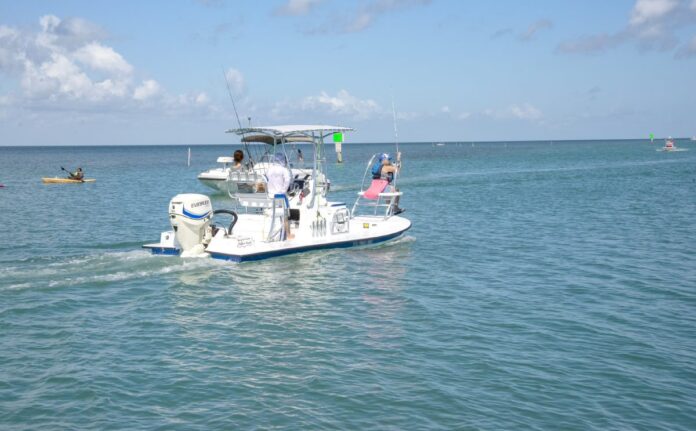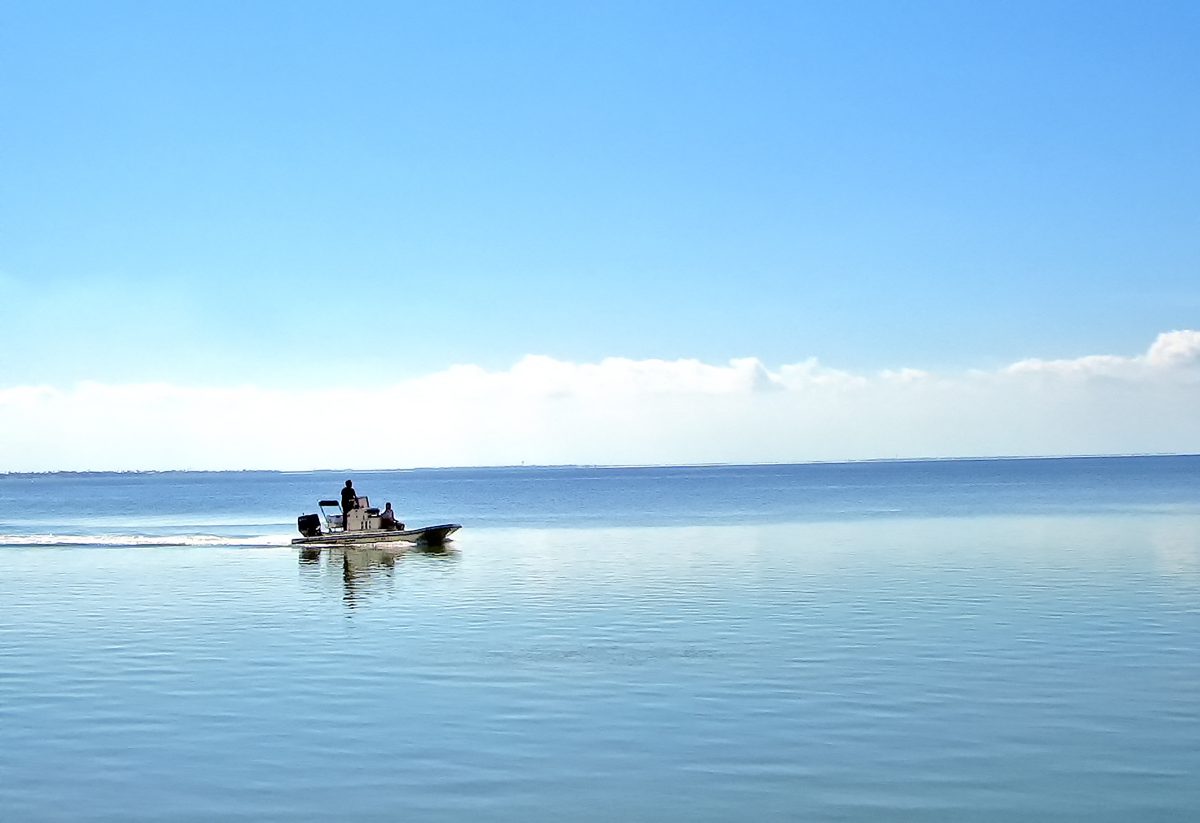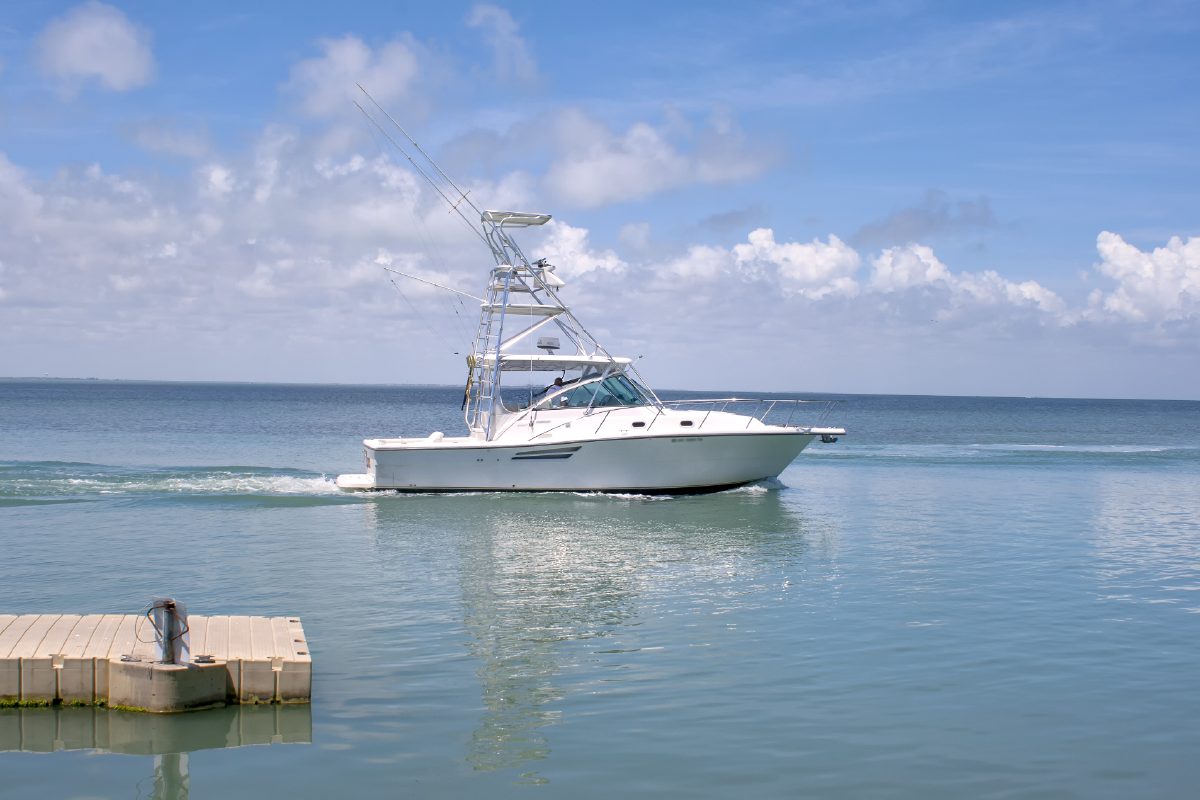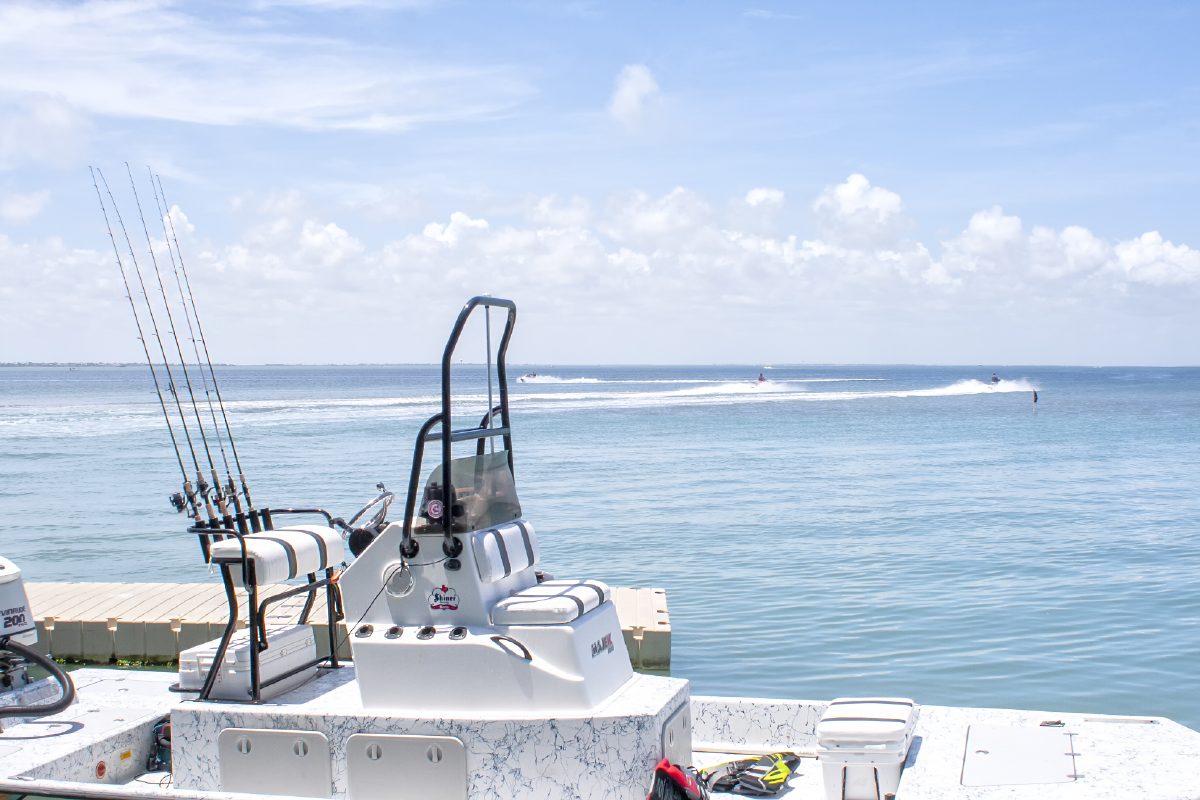HARLINGEN — The dangers of being on the water in 2018 were magnified by excessive alcohol use, operator inattention and too much speed, new numbers show.
The U.S. Coast Guard’s 2018 Recreational Boating Statistics Report, released last week, shows Texas again among the leaders in both boating fatalities and total accidents.
Florida led all states in fatalities (57) and accidents (607) last year, with Texas second in fatalities (38) and third in accidents (204). California was second in accidents (322) and third in fatalities (34).
Across the nation’s waters, there were 633 boating fatalities recorded in 2018, a 3.8 percent decrease from the previous year. Total accidents, which numbered 2,511, were down 3.4 percent for the year.
“While these decreases are encouraging, there are still too many deaths and injuries that could be avoided through the use of life jackets and eliminating alcohol consumption while operating a boat,” said Capt. Scott Johnson, chief of the Office of Auxiliary and Boating Safety at Coast Guard headquarters.
Alcohol continued to be the leading known contributing factor in fatal boating accidents in 2018, accounting for 100 deaths, or 19 percent of total fatalities.
“It is heartbreaking to realize that more than 100 people could still be alive today had alcohol use been curbed,” Johnson said.
Texas authorities active
Texas Game Wardens in the Rio Grande Valley are on the front lines when it comes to boating safety, performing vessel stops and safety inspections looking for violations out on the water.
“Its great news to see the numbers are down, but one accident is too many,” said Texas Game Warden Ira Zuniga, who works the Valley zone. “At Texas Parks and Wildlife, we’ve been very proactive in increasing our water safety patrols in the lakes and in the bays. With social media being a big factor also, we have Facebook and Twitter and our game wardens are going out to the public and speaking to sports organizations and other civic groups like Kiwanis.”
Zuniga said one major tool which is helping turn the tide against boating accidents in Texas is mandatory boater education. It is similar to the hunter education program which became mandatory in 1988.
“Anybody born on our before Sept. 1, 1993, who wants to operate a jet ski or a sailboat of over 14 feet or a motorboat with more than 15 horsepower, must successfully complete this course, just like hunter education,” he said. “We’re emphasizing and enforcing this new law, and little by little it’s getting there.”
Life jackets a must
The national fatality rate was 5.3 deaths per 100,000 registered recreational vessels, which tied as the third-lowest rate in the Coast Guard monitoring program’s history. The rate represents a 3.6 percent decrease from last year’s fatality rate of 5.5 deaths per 100,000 registered recreational vessels.
Property damage from boating accidents totaled approximately $46 million.
Operator inattention, improper lookout, operator inexperience, machinery failure and excessive speed ranked as the top five primary contributing factors in accidents, the report said.
Where the cause of death was known, 77 percent of fatal boating accident victims drowned. Of those drowning victims, 84 percent were not wearing a life jacket.
“It’s so important for a boater to always wear a life jacket and to make sure that it is serviceable, properly sized, and correctly worn,” the Coast Guard’s Johnson said.” He noted that a number of deaths involved inflatable life jackets with expired air cartridges, or life jackets that were not buckled, making them ineffective.
Where any boating instruction factor was known, 74 percent of deaths occurred on vessels where the operator had not passed a boating safety course.
The most common vessel types involved in reported accidents were open motorboats, personal watercraft and cabin motorboats. Where vessel type was known, the vessel types with the highest percentage of deaths were open motorboats (50 percent), kayaks (13.5 percent) and canoes (7 percent).
Kali’s Law in force
Zuniga said here in Texas, game wardens also push hard on the Coast Guard safety recommendations.
“We’re going to echo what the Coast Guard has mentioned,” he said. “The life jacket is a must. Wear your life jacket. Take a boater education class. Be a sober boater and wear your cut-off switch.”
That kill switch is new to Texas and is part of legislation called Kali’s Law, which was passed in response to the tragic death of 16-year-old Kali Gorzell who was struck and killed by a boat propeller near Aransas Pass in 2012. Her family has worked since then to push a bill through the Texas Legislature and it became law on Sunday.
The new regulation requires the operator of a vessel under 26 feet in length be equipped with a kill-switch lanyard attached to the captain’s wrist or body when under way. If a boat operator is thrown from the vessel, the lanyard flips a switch and the boat’s engine shuts down automatically.
Older boats do not need to retrofit but almost all newer boats have these switches and Texas authorities will be enforcing the new law.
And they’ll be out there patrolling, Zuniga said.
“Hunting, fishing, Labor Day weekend, it all comes hand-in-hand,” he said. “We’re going to be busy with dove season but we’re also going to have boats going out on patrol.”
What’s Kali’s Law?
• Named for Kali Gorzell, 16, killed by boat propeller near Aransas Pass in 2012
• Requires boat operator to attach cut-off or kill-switch lanyard to the operator’s body or clothing
• Requires the lanyard be attached when the motorboat is under way and above idle speed
• Does not require retrofitting of any vessel that did not come equipped with kill switch
• Law went into effect Sunday but for one year authorities will issue warnings instead of tickets
Source: Texas Parks and Wildlife Department








